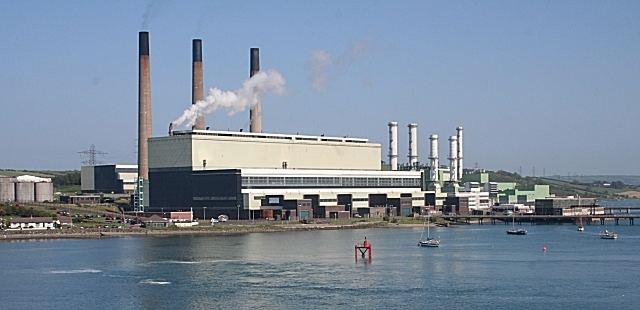 | ||
Similar Coronation Chair, Surf Snowdonia, Adventure Island, Codonas Amusement Park, Chessington World of Adventures | ||
Scotland northern ireland pipeline top 6 facts
Scottish National Pipe line (SNIP) is a 24-inch, 135 km long natural gas pipeline which runs from Twynholm, Scotland and Islandmagee in Northern Ireland.
In March 1992 Northern Ireland Secretary Peter Brooke announced the first stage of the privatisation of Northern Ireland Electricity, the province's nationalised utility company; A major part of this was the sale of Ballylumford power station in Northern Ireland to British Gas for £132 million. This oil-fired power plant provided more than half of the power needs of the 600,000 customers in Northern Ireland. British Gas simultaneously announced its plans to set up Premier Transco to build and operate a natural gas pipeline between Scotland and Northern Ireland, to convert Ballylumford to natural gas, and to set up a commercial supply company for natural gas (what would become Phoenix Natural Gas).
In 1994 Premier Transco awarded the contract for design and construction of the SNIP to European Marine Contractors (EMC), a 50-50 venture of Brown & Root Inc. and Saipem. Pipe production began in 1994 at the Hartlepool, England, plant of British Steel plc. EMC used the Castoro Sei semi-submersible laybarge to install the line. The pipeline was completed in 1996
The route and construction of the pipeline were both controversial due to concerns of it disrupting a weapons dump in and around Beaufort's Dyke.
There are no accurate figures available from the [UK Ministry of Defence] for its disposal operations but it estimates that over a million tons of conventional weapons were disposed of between 1946 and 1963 with Beaufort's Dyke being the main site, just 25 miles off the coast of Larne. Sites off Donegal and the Cork/Kerry coast were also used after the second World War.
